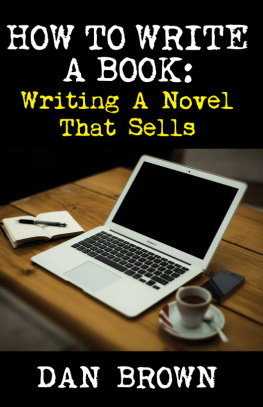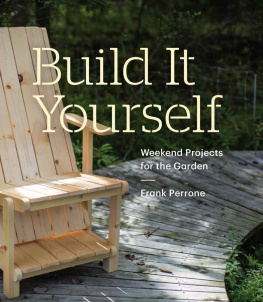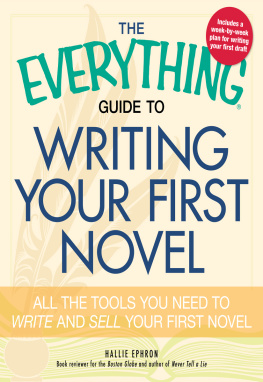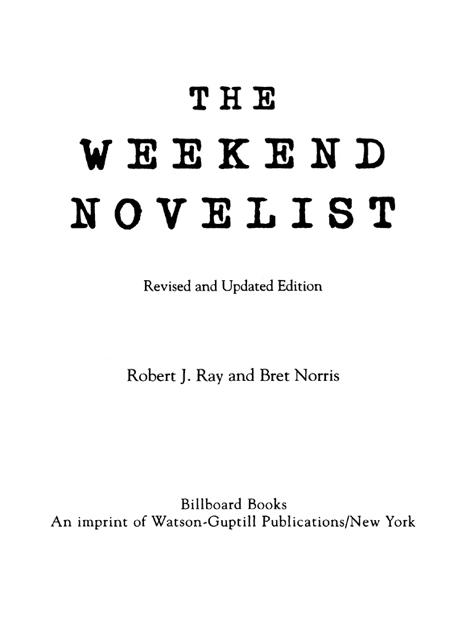Executive Editor: Bob Nirkind
Project Editor: Sarah Fass
Production Manager: Ellen Greene
Copyright 2005 Robert J. Ray and Bret Norris
First published in 2005 by Billboard Books
an imprint of the Crown Publishing Group,
a division of Random House, Inc., New York
www.crownpublishing.com
www.watsonguptill.com
Library of Congress Cataloging-in-Publication Data
The CIP data for this title is on file with the Library of Congress.
Library of Congress Control Number: 20041112241
eISBN: 978-0-307-87505-1
All rights reserved. No part of this publication may be reproduced or used in any form or by any meansgraphic, electronic, or mechanical, including photocopying, recording, taping, or information storage and retrieval systemswithout written permission of the publisher.
v3.1
We dedicate this book
to Brets wife, Charlotte,
and to Bobs wife, Margot.
Two ladies who might sometimes think,
but who would seldom voice, these words:
It is no picnic, being married to a writer.
CONTENTS
INTRODUCTION
T HE W EEKEND N OVELIST is a book of lessons. Collected, taught, refined over thirty years, these lessons teach the writer in you how to finish your novel. This book gives you a schedule, a plan of attack to release the story that swirls through your very being. The Weekend Novelist is a workbook to motivate you, teach you, walk you through the journey of writing a novel.
The first edition of this book started with character and moved on to plot and scene and writing. This revised edition expands the plotting section. From a dozen or so pages in the old edition, we have enlarged this focus to give you a range of choices for building your book. The basic concept you need to build a plot is architecturethe bones of the novel. By using simple diagrams, either hand-sketches or line drawings done with a computer graphics drawing program that makes circles and lines (we use CorelDRAW), you can compress the elaborate architecture of the novel down to a single page. The compression in the sketch is followed by some quick writingswe call this spinning down the pagewhere you go with the flow of your diagram.
As you work through the book, youll move from a section on plot to a section on character and then, before you do your scene-work, youll take another run at plot. Plotting early forces you to look at the Big Picture, the architecture of your novel. In most published novels, the architecture shows up on the page as chapter divisions, chapter heads, or breaks made with white space. Some novels are divided into parts: Ian McEwans Amsterdam, one of our model novels in this book, has five separate parts; Zadie Smiths White Teeth has four separate parts; Michael Chabons The Amazing Adventures of Kavalier and Clay has six parts.
But the real architecturethe arrangement of parts that helps the writer finish the booklurks behind the words. So thats why you start with plot, making sketches and doing a bit of writing to bring characters into the story, and then you deepen those characters with character work. Character work begins with a sketch, then gets deeper with back story, wardrobe, and dream.
As your characters get deeper, you do more plotting. There are specific techniques to help you fashion an architecture for your novel, one that takes you all the way to the climax, the moment of resolution where one character wins and another character loses.
With the plot contained and the characters in motion, you start writing scenes. Your novel will have a dozen or so key scenesmoments of dramatic tension marked by weddings, funerals, birthdays, births, arrivals and departures, burials, executions, proposals, kissesand this book will guide you in writing three: First Encounter (where two of your main characters meet), Midpoint (halfway through, no going back, got to keep pushing on), and Climax.
After you write each scene, you can explore the scene by using our TWN ChecklistTime, Place, Character, Object, Dialogue, and Ritualwhich pops up in the exercise sections that follow each weekend. (TWN is shorthand for The Weekend Novelist.)
We should tell you that this early work is all rough draft. In a rough draft, your stance is creative, not critical. It is intuitive and exploratory, filled with adventure, a journey open to exploration. We have several techniques to help you stay creative, but the one that works best for the large majority of writers is called spinning down the page. When you spin your words down the page, using short lines, the writing looks more like poetry than prose. Freed from the paragraph, your writing generates strong verbs and useful images. Heres a quick example:
the rain beats down
her grocery sacks are paper
her hair is a mess
she runs for her car
the rain stings her cheeks
her foot finds a puddle
she feels cold through her toes
she cannot find the car
a voice calls out
are you all right
she does not stop
she loses her grip on the groceries
the voice comes again
are you all right
she looks up to see
USING THIS BOOK
Each section of The Weekend Novelist, whether it is about plotting or sculpting a character or building a scene, begins with a lesson. The lessons explore elements of narrative: the role of an antagonist, the art of dialogue, transitions from scene to scene. You will learn skills and apply them to your novel. The book is designed to build from section to section. Start small; finish big.
In each section, exercises focus your writing. This is where you build the foundations for your novel. In the exercises, you get out all the extraneous details that are necessary for writing a novel, but dont belong in the finished product. Throughout, you will learn about writing practice. Writing practice teaches you to put thoughts into words, tease out ideas, hone your skills. Practice your skills every day so that when you land at the keyboard to write your masterpiece, the narrative will flow from you, without distraction or diversion.
As a writer, you have a long, lonely pursuit ahead of you. Learning from the masters will shed light, open doors, connect concepts. To learn about great writing, read great books. The Weekend Novelist takes selections from award winners, classics, and bestsellers to show how authors succeed. These examples will teach you how to use helper characters, write dialogue, and craft your plot.
STRUCTURING YOUR WRITING SESSIONS
Every writing session should begin with practice. If you wake up hot, starting right in, thats brilliant! Most times, you wont. Get in the habit of beginning your writing sessions with timed writing practice. Timed writing will be your savior. Timed writing is writing for a set amount of timeno stopping, no editing, no rules. Timed writing serves a number of purposes: First, it clears your mind and helps you lay your foundation for your novel. Second, it provides a forum for you to explore anything you want. Third, it lays the groundwork for writing a novel. The foundation, the exploration, and the groundwork are critical to writing tight prose. Most beginning writers wander in their novels, never catching the thread of narrative. Timed writing gives you a chance to clear the air before the real task begins.
Set the kitchen timer and write. Dont stop. Dont edit. Dont think. Just write. Shatter the walls that surround you, keeping you from saying the words that excite you.











